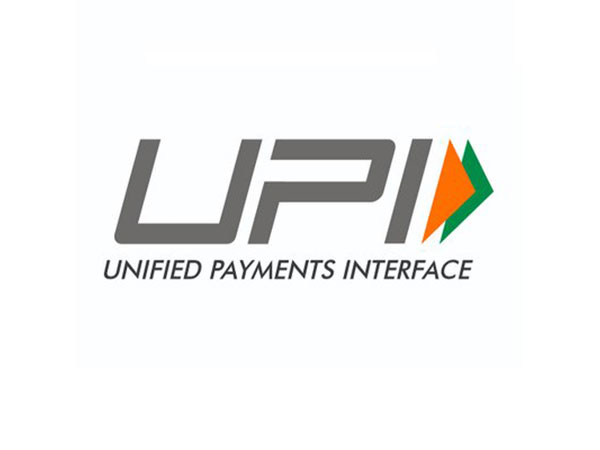India's UPI: A Revolutionary Blueprint for Global Fintech
India's UPI success is a model for global fintech, combining digital infrastructure and open banking to reduce financial exclusion and promote growth. A paper highlights UPI's role in expanding credit access and boosting digital transactions, urging other nations to adopt similar strategies for equitable economic advancement.

- Country:
- India
A landmark study asserts that India's Unified Payment Interface (UPI) serves as a replicable model for other countries seeking to advance their financial technology landscapes. The paper, authored by experts Shashwat Alok, Pulak Ghosh, Nirupama Kulkarni, and Manju Puri, explores how UPI, a cornerstone of India's public digital infrastructure, integrates open banking policies to diminish financial exclusion, drive innovation, and stimulate balanced economic growth.
Key insights from the paper reveal that UPI has enabled previously underserved groups, such as subprime and new-to-credit borrowers, to access formal credit lines. Notably, in regions where UPI adoption is prevalent, loans to new-to-credit borrowers surged by 4%, while those to subprime borrowers increased by 8%, demonstrating the platform's pivotal role in expanding credit access.
UPI, a flagship digital payment platform in India, has revolutionized how citizens transact, with digital payments hitting unprecedented heights. Since its inception in 2016, UPI has transformed access to financial services, facilitating seamless digital transactions for 300 million individuals and 50 million merchants. The Indian government aims to share UPI's benefits globally, ensuring other countries can replicate its success.
By October 2023, UPI accounted for 75% of all retail digital payments in India, largely due to the affordability and accessibility of digital technology, which fostered widespread acceptance across both rural and urban regions. The paper highlights a scenario where a 10% increase in UPI transactions correlates with a 7% rise in credit availability, underscoring how digital financial records enhance lenders' ability to assess borrowers effectively.
The paper notes that despite the surge in credit facilitated by UPI, default rates remained stable, indicative of lenders' capability to responsibly expand credit using digital transaction data. Such insights, the study suggests, underscore the potential for UPI's framework to be adopted internationally, catalyzing the responsible expansion of digital finance solutions worldwide.
(With inputs from agencies.)










